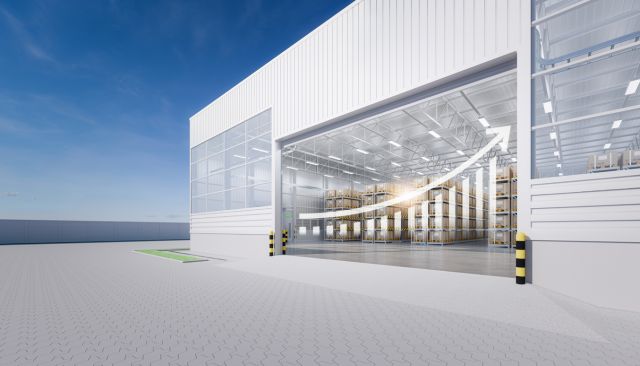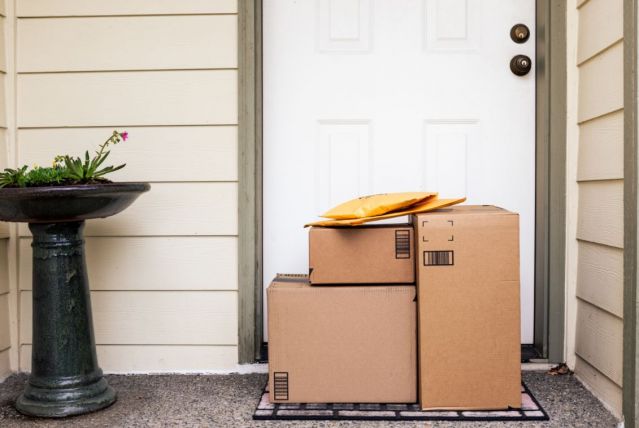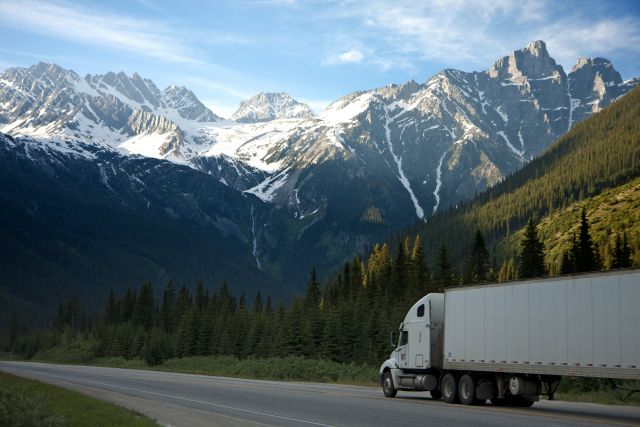The way that we purchase products has changed. Long gone are the days of perusing items in a retail space as with the development of e-commerce, individuals are choosing to buy items both large and small, online. Although e-commerce has allowed people to purchase goods from anywhere and at any time, providing an ease of access that did not exist a few years ago, it has significantly impacted the consumer's expectation of online purchasing. Not only are companies who provide these products affected by this change, but logistics companies are as well.
What is E-Commerce?
Electronic commerce, affectionately known as e-commerce, is the purchasing and distribution of goods in an online environment. From locating and buying products to packaging and shipping, the entire process relies on the use of a series of electronic systems. E-commerce has grown on a global scale with the adoption of these technologies, due to retailers such as Amazon and Walmart as they have changed the processes and standards that people have come to expect when buying items online. Smaller retailers are now being forced to adapt to how consumers pay for their products, affecting companies that have relied on their brick and mortar identity for years. Although e-commerce has grown considerably since 2015 as it is believed that $373,844 million will be spent across North America in 2017; a marriage is taking place between online retailers and their brick and mortar counterparts. Not only is this affecting how businesses operate as they now have to provide two alternative shopping venues, but it is impacting the logistics industry in a significant way.
The Last Mile
The North American trucking industry is based on the transportation of goods. For years, drivers have been required to travel for longer periods of time to meet delivery deadlines and increase the number of full-load shipments made on a quarterly basis. Although logistics companies are continuing to transport loads, they are now having to consider branching into ‘last mile deliveries.’ With the ongoing purchasing of products with the promise of at home deliveries, trucking companies are now not only transporting parcels to warehouses and retail locations, but they are delivering these items to the consumer itself. Many companies have made their living by carrying products the last mile, such as Canada Post, UPS, and FedEx but with increasing demands placed on logistics companies from retailers and consumers, trucking companies are having to adapt to remain competitive.
With a growing number of businesses adopting e-commerce, delivery times have become selling features. Amazon’s promise of a two-day delivery period for Prime customers has raised consumer expectations, causing smaller companies to have to meet these requirements or lose business. To compete with these restricted shipping schedules, retailers and logistics companies are acquiring warehouses to store products and goods closer to their target audiences. Many have even chosen to ship items straight from the brick and mortar location itself. Ship-from origins are therefore moving closer to ship-to origins, making the last mile an integral part of the shipping process and one that logistics companies are vying for, as localized trips increase.
Free Shipping Costs
Free shipping is one of the most attractive selling features for companies looking to increase e-commerce sales, but who covers these expenses? Amazon reported significant decreases in profits due to absorbing shipping fees. To combat this, they launched Amazon Prime in 2015, requiring users who were interested in free shipping and a two-day delivery window, to pay $99 per year. As e-commerce continues to grow, companies will need to decide how they will offer free shipping, as transportation costs will continue to increase due to fuel prices and rising demand.
E-commerce is changing how we interact with businesses and is significantly affecting the transportation industry. Logistics companies are working more closely with retailers than ever before to meet shipping demands and to hold a competitive place in the market. With the steady adoption of new technologies, e-commerce will significantly affect the distribution of goods across North America in ways that we have yet to observe.



